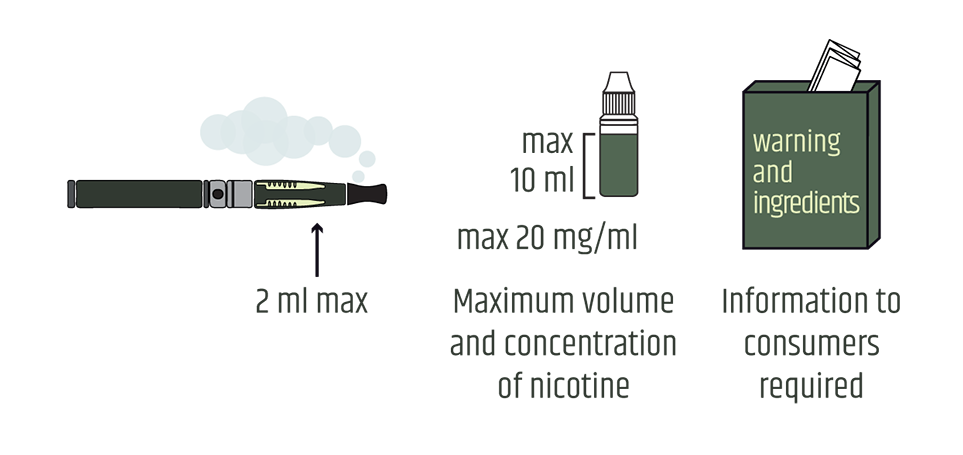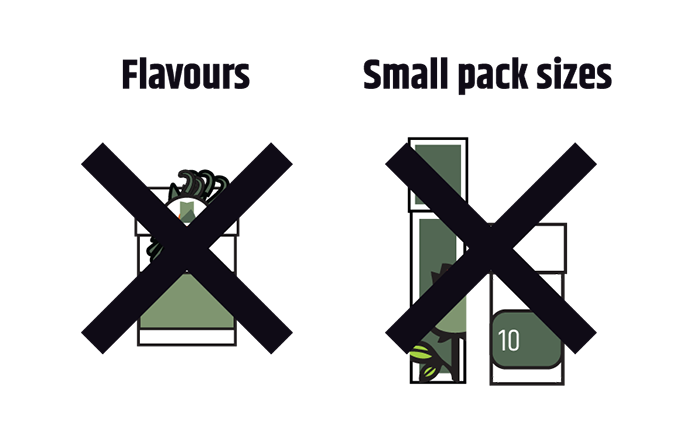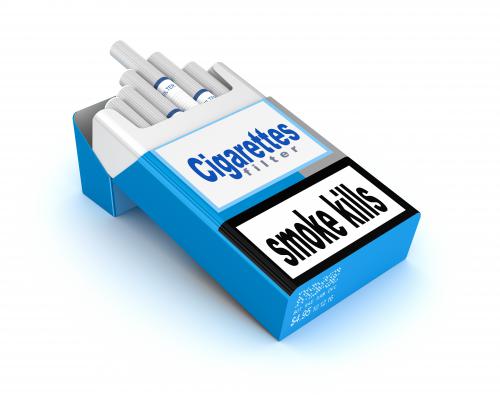

And it would be easier and cheaper (in particular for emerging countries) to have the UID pointing to all data, as well as have it pre-printed on tax stamps, in a secure printing facility, rather than installing costly equipment and processes to print the UID directly on the production line.

Event data, on the other hand, can be assigned to the UID at a later stage, once it has been captured from the distribution chain (which, in fact, is the only way it can be added).īut, if event data can be added later, then why can’t attribute data? Indeed, it would be possible to do this in a safe way using blockchain. Having said this, one of the key provisions of the EU TPD contradicts this basic UID functionality, in that it requires certain product-related attribute data to be printed directly on the pack of tobacco products. Typically, UIDs are used as a pointer to data that is stored on the internet rather than being printed together with the UID on the product.

Attribute data refers to information pertaining to the product and its manufacturing, whereas event data refers to information generated along the distribution chain. When we refer to the data that are assigned to a UID, there are in fact two types of such data: attribute and event. These include tax stamps that carry a UID, or other security labels under public control that also carry UIDs (such as car inspection labels and highway vignettes), or security labels for recycling items like plastic bottles. It is a generic solution, independent of other functional units, that can be applied to different business cases.
#TOBACCO PRODUCT TRACEBILITY VERIFICATION#
In the case of the TPD, the products must be tracked right up to the last economic operator before the retailer.ĭespite these differences, it is possible to use one single secure UID – ideally applied to a tax stamp – to serve both tax collectors and public health bodies, which is why the UID generation function needs to be universal.Īt Securikett, in 2021, we launched the Codikett cloud-based software platform for product verification and traceability. Regulations such as the WHO FCTC Protocol to Eliminate Illicit Trade in Tobacco Products and the EU Tobacco Products Directive (TPD) call for the track and trace of products.

In the case of tobacco control regulations, on the other hand, the emphasis moves to tracing the product itself. The UIDs allow for tax stamp traceability until the moment the stamps are applied to the product and activated – which is also the point at which excise tax is paid, or becomes due, and the product is ready for market. In the case of tax collection, it is the tax stamps that are being traced, as opposed to the product. Back in 2016, most systems that were in place – like our Codikett platform – typically consisted of functional units as depicted in Fig 1, at the centre of which was a trusted UID query processing function.įig 2 – UID issuance for tax collection and tobacco product traceability. The standard describes a number of important and distinct functional units that make up a product identification and authentication scheme.
#TOBACCO PRODUCT TRACEBILITY ISO#
To this end, in 2016, the first global track and trace standard was developed: ISO 16678:2016 (ISO/DIS 22378) – ‘Guidelines for interoperable object identification and related authentication systems to deter counterfeiting and illicit trade’. Such widespread use means that the UID generating function, itself, should be open and universal, rather than trapped within an IT silo. The use of secure and traceable UIDs has thus become a universal requirement among tax authorities and tobacco control regulators, as well as other parties concerned with the eradication of illicit trade. One of the measures used to counter illicit trade consists of applying secure, unique identifying codes (UIDs), via a secure label or tax stamp, to tobacco or other products, so that they can be authenticated and traced through the supply chain. Using Interoperable Functional Units for Tax Collection and Product Track & TraceĪlthough excise tax management systems and tobacco control programmes have different goals – where the former is concerned with collecting taxes and the latter with protecting public health – there is a point at which these goals overlap, given that both parties have an interest in eliminating illicit trade.


 0 kommentar(er)
0 kommentar(er)
